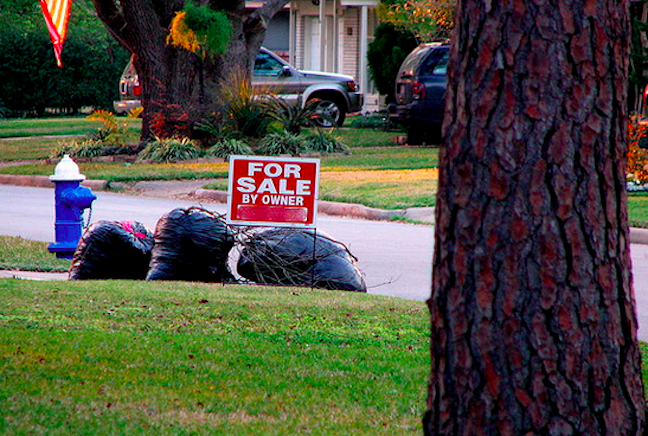CFPB Proposal Aims To Improve Mortgage Access In Rural & Underserved Areas
A new proposal issued by the Consumer Financial Protection Bureau this week aims to make it easier for consumers in rural and underserved areas of the United State to obtain mortgages.
The CFPB proposed several changes to its mortgage rules to encourage responsible lending by small creditors in rural areas, that if approved could increase the number of small institutions able to offer mortgages and help small creditors to comply with business practice rules set forth by the agency.
Changes for the small financial institutions come after the CFPB announced in 2013 that it would determine if the definition for rural and underserved should be revised so that small creditors could better serve their communities while still complying with new mortgage laws, such as the Ability-to-Pay and Home Ownership and Equity Protection Act rules.
Currently, there are restrictions on lending mortgages to borrowers whose debt would exceed 43% of their pretax income. The proposed changes would free more banks and credit unions to offer riskier loans to borrowers above this 43% debt-to-income ratio.
As a result of that change, the CFPB says it could increase the number of small lenders, which includes banks and credit unions, to 10,400 from around 9,700.
The proposed changes include:
• Expanding the definition of “small creditor”: Under the proposal, the loan origination limit for small-creditor status would be raised from 500 first-lien mortgage loans to 2,000 and would exclude loans held in portfolio by the creditor and its affiliates.
• Including mortgage affiliates in calculation of small-creditor status: The proposal would not change the current asset limit for small-creditor status, which is set at less than $2 billion (adjusted annually) in total assets as of the end of the preceding calendar year. However, the proposal would include the assets of the creditor’s mortgage-originating affiliates in calculating whether a creditor is under the limit.
• Expanding the definition of “rural” areas: In addition to counties that are considered to be “rural” under the CFPB’s current mortgage rules, the proposal would expand the definition of “rural” to include census blocks that are not in an urban area as defined by the Census Bureau.
• Providing grace periods for small creditor and rural or underserved creditor status: Creditors that exceeded the origination limit or asset-size limit in the preceding calendar year would be allowed to operate, in certain circumstances, as a small creditor with respect to mortgage transactions with applications received prior to April 1 of the current calendar year. The proposal would create a similar grace period for creditors that no longer operated predominantly in rural or underserved areas during the preceding calendar year.
• Creating a one-year qualifying period for rural or underserved creditor status: The proposal would adjust the time period used in determining whether a creditor is operating predominately in rural or underserved areas, from any of the three preceding calendar years to the preceding calendar year.
• Providing additional implementation time for small creditors: Eligible small creditors are currently able to make balloon-payment Qualified Mortgages and balloon-payment high-cost mortgages regardless of where they operate, under a temporary exemption scheduled to expire on January 10, 2016. Today’s proposal would extend that period to include balloon-payment mortgage transactions with applications received before April 1, 2016, giving creditors more time to understand how any changes will affect their status, and to adjust their business practices.
The Wall Street Journal reports that the changes comes as a victory to the community lending sector, which has pushed for added flexibility since the CFPB’s mortgage rules, such as the Ability-to-Pay rule, went into effect last year.
The Ability-to-Repay rule protects consumers from irresponsible mortgage lending by requiring that lenders generally make a reasonable and good-faith determination that prospective borrowers have the ability to repay their loans.
Under the Ability-to-Repay rule, a category of loans called Qualified Mortgages prohibit certain risky loan features for consumers and are presumed to comply with ability-to-repay requirements.
While the rules are meant to protect consumers, community banking institutions argued the rules were too constraining to business, often limiting banks’ ability to make loans to borrowers with high levels of debt.
The proposed changes will be open for public comment until March 30.
CFPB Issues Proposal To Facilitate Access To Credit In Rural And Underserved Areas [Consumer Financial Protection Bureau]
CFPB Proposes Easing Rules for Small Mortgage Lenders [The Wall Street Journal]
Want more consumer news? Visit our parent organization, Consumer Reports, for the latest on scams, recalls, and other consumer issues.


